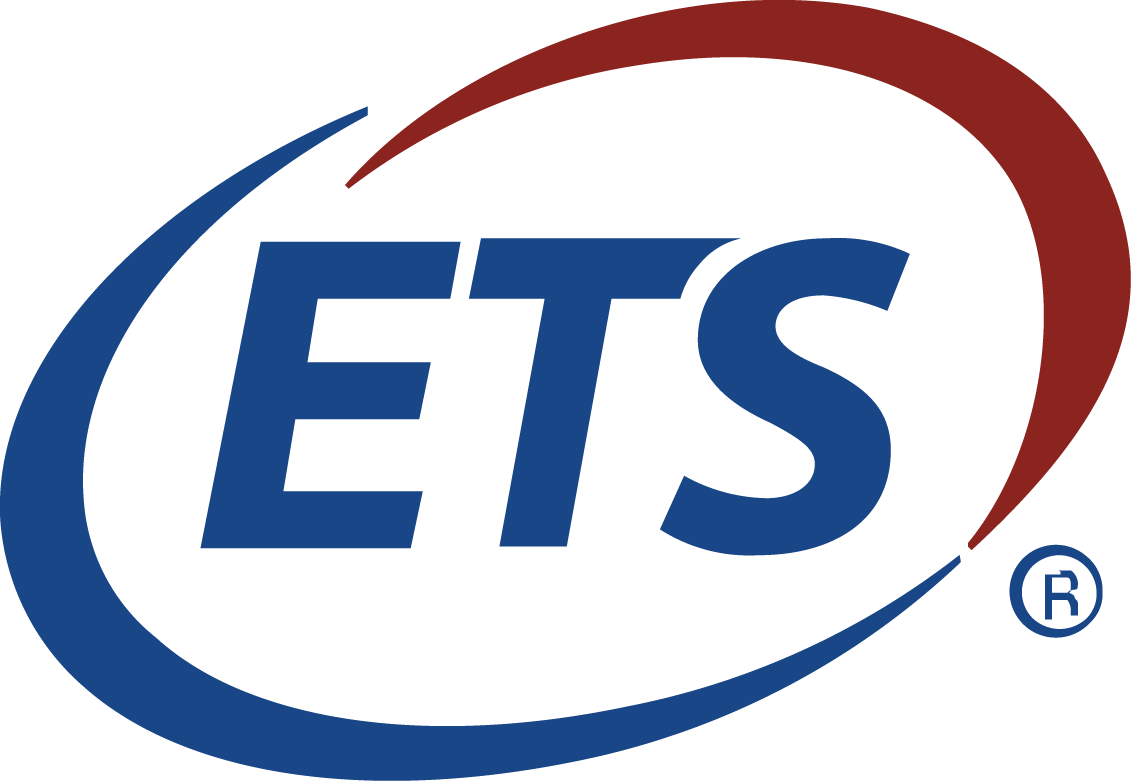Navigating the Post-ESSER Era: Strategic Decisions for Education Leaders
As the pandemic funding from the Elementary and Secondary School Emergency Relief (ESSER) program approaches its conclusion, education leaders face a critical juncture. Doug Mesecar, an experienced education policy expert and Partner at the Strategos Group, has provided valuable insights into the strategic planning required to navigate this transition. His perspective offers a roadmap for how school districts and state education agencies can effectively manage the winding down of ESSER funds while maintaining educational quality and addressing ongoing challenges.
The Reality of the Fiscal Cliff
The term "fiscal cliff" has been widely used to describe the impending end of ESSER funds, creating a sense of impending financial disaster for many districts. However, Mesecar emphasizes that while there will undoubtedly be an impact, it is not as catastrophic as some fear. The key, he suggests, lies in careful planning and strategic allocation of resources. Districts should focus on maximizing the remaining funds and planning for a sustainable future.
Understanding Obligations and Liquidations
A critical aspect of managing the end of ESSER funding is understanding the federal terms "obligation" and "liquidation." Obligations refer to committing funds to a contract, while liquidation involves the actual expenditure of these funds. Mesecar highlights that while the September 30th deadline for obligations looms, districts still have until the end of January of the following year to liquidate these funds. This timeline offers districts a buffer, but also necessitates careful planning to avoid losing unspent funds.
Addressing Spending Disparities
One of the challenges identified by Mesecar is the disparity in spending down stimulus funding across states and districts. Some states and districts have not spent their ESSER allocations nearly fast enough, raising concerns about their ability to fully utilize these funds before the deadlines. Mesecar points out that the reasons for these disparities vary, ranging from delays in reporting to challenges in managing large influxes of funds. For districts with significant unspent funds, the focus should now be on accelerating spending in meaningful ways that align with strategic priorities.
Strategic Priorities for the Future
As districts transition from ESSER, Mesecar advises them to focus on sustainable initiatives that can continue beyond the life of the federal funds. Investments in areas such as mental health, tutoring, and curriculum have been significant during the pandemic and should remain priorities. However, the challenge lies in sustaining these initiatives without the ESSER safety net. This requires districts to be innovative and strategic in their use of remaining funds, ensuring that investments made today will have a lasting impact.
Sustaining Investments Through Innovation
One of the strategies Mesecar suggests is the concept of forward funding, where districts can obligate funds for multi-year contracts that extend beyond the ESSER timeline. While this approach carries some risk, it allows districts to sustain critical initiatives by ensuring that they are funded even after ESSER funds have been exhausted. Additionally, districts should consider seeking a state waiver for late liquidation, which can extend the timeline for spending beyond the current liquidation deadlines.
Leveraging Data for Accountability
In the post-ESSER world, accountability for how funds are spent will be more critical than ever. Mesecar highlights the importance of data analytics and reporting tools in demonstrating the effectiveness of investments made with both ESSER funds and “regular” funding. Districts will need to show clear evidence of the impact of their spending, particularly as they seek to justify continued funding for critical programs. This focus on ROI (Return on Investment) will be essential in building the case for sustained investment in education initiatives.
The Broader Funding Landscape
Despite the end of ESSER, Mesecar notes that the overall funding landscape for education remains relatively stable. Also, while the ESSER funding was a significant amount, it pales in comparison to the $800 billion spent annually on K-12 education when combining state, local, and federal title funding. Federal funding, while not increasing significantly, has not seen cuts, and state budgets are generally holding up well. This stability provides a foundation for districts to build on, but it also means that they must be strategic in how they allocate their resources.
Conclusion: A Manageable Transition
The end of ESSER funding presents challenges, but it also offers an opportunity for districts to reassess their priorities and strategies. By focusing on sustainable investments, leveraging data for accountability, and being innovative in their use of remaining funds, districts can navigate the end of ESSER funding successfully. As Mesecar suggests, the key is not to see this as a cliff but as a manageable transition into a new phase of education funding.
---------------------------------------------------------------------------------------------------------------------------------------------------------------------------
This article is designed to provide a comprehensive overview of the challenges and strategies for education leaders as they transition out of ESSER funding, drawing on the insights provided by Doug Mesecar, a Partner at the Strategos Group.













